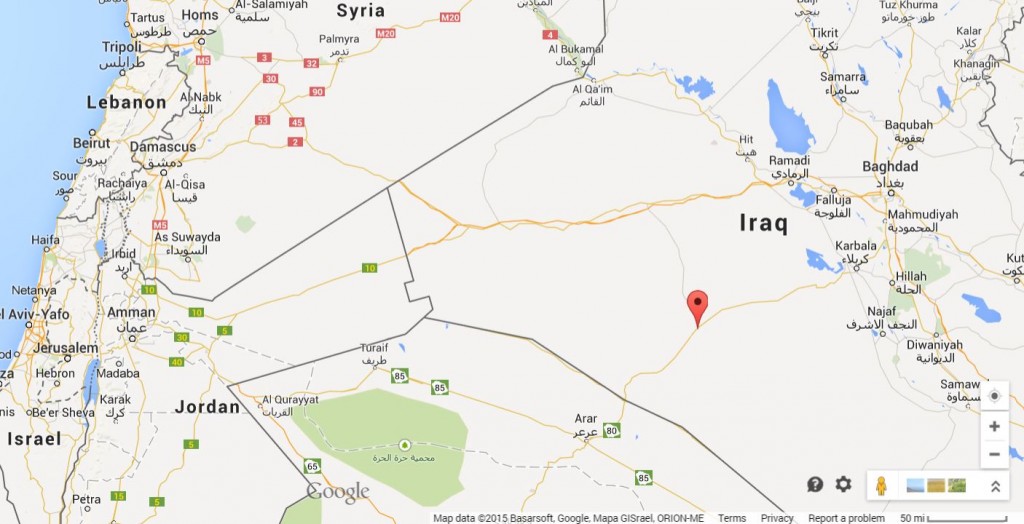The Proliferation-as-Terrorism Rule
Last week, Chairman of the House Homeland Security Committee tried to get Assistant Secretary of State Anne Patterson to list the Iran Republican Guard as a terrorist organization.
Rep. Michael McCaul (R., Texas) pressed Anne Patterson, assistant secretary of state in the bureau of near eastern affairs, during a hearing last week on Iran’s rogue activities.
Since the nuclear deal, “Iran has taken several provocative actions, including ballistic missile tests, the jailing of Americans on frivolous charges, and support for terrorist activities via the IRGC, the Iranian Revolutionary Guard Corps,” McCaul said.
The corps has been linked to terrorist operations across the Middle East and beyond, including arming terror proxy groups fighting against the United States and Israel.
“I sent a letter to the president of the United States requesting that the IRGC be placed on the Foreign Terrorist Organization list because they are the terror arm of Iran,” McCaul said. “This would not lift the sanctions. It would keep the sanctions in place on the very terrorist activities that Iran wants to take the $100 billion and ship them toward these activities. What is your response to whether or not designating the IRGC as an FTO [foreign terrorist organization], whether that is a good decision?”
Patterson sidestepped the question, but said that the State Department does not think the group can legally be categorized as a terrorist organization.
“I can’t answer that question, Mr. McCaul,” Patterson said. “I’ll have to get back to you. I would not think they would meet the legal criteria, but I don’t really know.”
Now, I’m not actually interested in getting the IRGC listed as a terrorist organization, particularly not for arming militias, because I think that would be a very bad precedent for the world’s biggest arms proliferator. Moreover, I’m sure Patterson sees this effort as another attempt to squelch efforts for peace with Iran.
But I am interested in her squirming given that for some years — we don’t know how many, but there was a new group approved in June 2007 and another approved in July 2009, so probably at least 6 years — the NSA has targeted Iran using the counterterrorism phone dragnet. So the government has convinced a FISC judge that IRGC (or Iran more generally) is a terrorist group. But now the State Department is telling us they’re not.
Up until USA F-ReDux passed this year, when Congress extended the proliferation-related definition of a foreign power under FISA to include those aiding or conspiring with those actually doing the proliferation, the government seems to have always pushed whom could be spied on well beyond the definitions in the law (there appears to have been a non-NSA certificate for it under Protect America Act, for example). That extends to the phone dragnet, and does so in such a way that probably includes a lot of American businesses.
And, Patterson’s dodges notwithstanding, the government hasn’t been above calling Iran a terrorist organization to do it.

